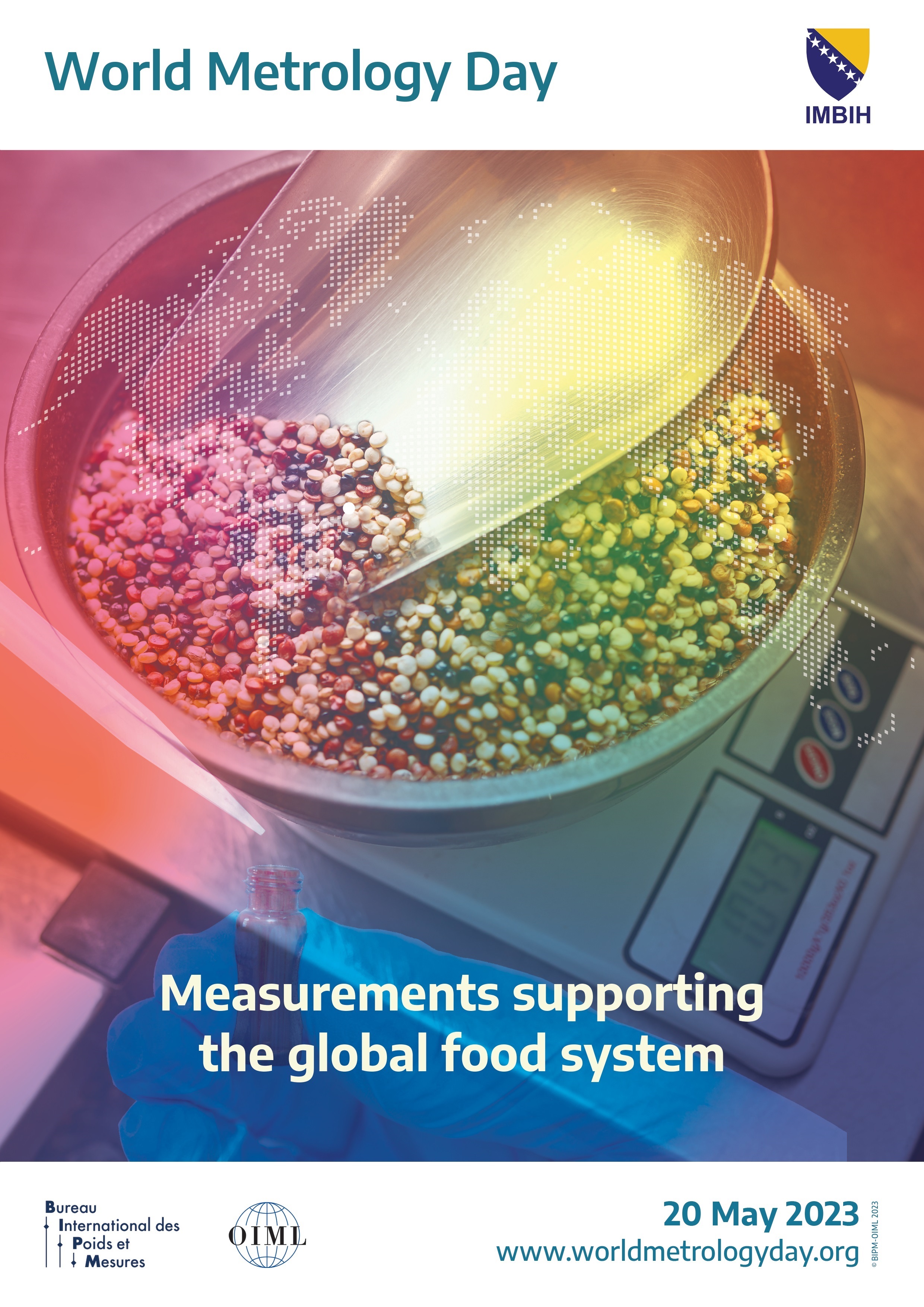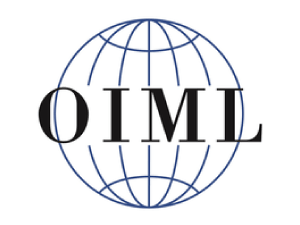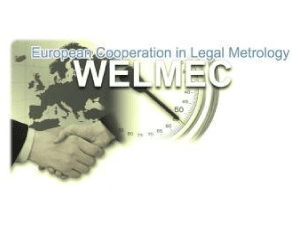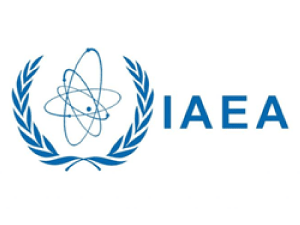

World Metrology Day is May 20, commemorating the anniversary of the signing of the Meter Convention in 1875 and the beginning of official international cooperation in metrology. The Meter Convention provides the basis for a globally coherent measurement system that underpins scientific discovery and innovation, industrial manufacturing and international trade, as well as the improvement of the quality of life and protection of the environment on a global scale. Across the world, national metrology institutes are continuously advancing metrology as a science of measurement, developing and validating new measurement techniques at the necessary level of sophistication.
Each year, the World Metrology Day is organized and jointly celebrated by the International Bureau of Weights and Measures (BIPM) and the International Organization for Legal Metrology (OIML) with the participation of national organizations responsible for metrology, so below follows this year's message from the directors of the above mentioned organizations on the occasion of World Metrology Day 2023:
The topic of the World Metrology Day 2023 is Measurements supporting the global food system. This topic was chosen because food plays a crucial role in human life, and providing access to safe and affordable food remains one of the biggest challenges for governments worldwide.
Farmers and food producers, who sell their products to consumers at the international, national and local level through distributors and resellers, strive for this goal. In order for producers to be able to participate in the international market and to access markets for high-value products, they must be able to show that they meet food standards. At the same time, governments must ensure food safety and fair trade, especially in local food markets. All of this is supported by reliable measurements of the quantity and quality of the primary and processed food products involved.
This is why World Metrology Day 2023 is focused on numerous measurement challenges that must be addressed in order to ensure the efficiency of the global food system. For example:
· the quantity of food bought and sold is measured according to its mass or volume. These measurements range from the large volumes of grain and wheat traded internationally down to rapid online weighing measurements to ensure pre-packaged goods are labelled correctly;
· the effective storage and packaging of food depends on the accurate control of the temperature and humidity of its storage environment;
· the quality and authenticity of food is determined by measuring its chemical composition. This requires measurements to ensure that it contains the stated vitamins through to the measurements of its isotopic composition to validate the origin of high-value foods such as honey or wine; and
· The safety of is ensured by careful measurement to detect the presence of chemical contamination such as pesticide residues and heavy metals or biological contamination such as mycotoxins.
It is now recognized that the depletion of natural resources and the impact of climate change pose major challenges to the global food system. Therefore, we should not be surprised that goals such as a world with zero hunger and universal access to clean water are included amongst the Sustainable Development Goals set by United Nations.
That is why we look forward to celebrating the World Metrology Day again in the company of our stakeholders around the world, concluded the directors of BIPM and BIML.
Additional information:
The international metrology community, which works to ensure that accurate measurements can be made across the world seeks to raise awareness each World Metrology Day through a poster campaign and web site. Previous themes have included topics such as metrology in digital era, measurements for the global energy challenge, for safety, for innovation, and measurements in sport, the environment, medicine and trade.
About BIPM
The signing of the Meter Convention in 1875 created the BIPM and for the first time formalized international cooperation in metrology. The Convention established the International Bureau of Weights and Measures and laid the foundations for worldwide uniformity of measurement in all aspects of our endeavours, historically focusing on and assisting industry and trade, but today just as vital as we tackle the grand challenges of the 21st Century such as climate change, health, and energy. The BIPM undertakes scientific work at the highest level on a selected set of physical and chemical quantities. The BIPM is the hub of a worldwide network of national metrology institutes (NMIs) which continue to realize and disseminate the chain of traceability to the SI into national accredited laboratories and industry. BIPM is engaged in scientific work at the highest level on a selected set of physical and chemical quantities. BIPM is the hub of a worldwide network of National Metrology Institutes (NMI) that continue to implement and extend the chain of traceability to SI units in national accredited laboratories and industry.
About OIML
In 1955 the International Organization of Legal Metrology (OIML) was established as an Intergovernmental Treaty Organization in order to promote the global harmonization of legal metrology procedures with the International Bureau of Legal Metrology (BIML) as the Secretariat and Headquarters of the OIML. Since that time, the OIML has developed a worldwide technical structure whose primary aim is to harmonize the regulations and metrological controls applied by the national metrological services, or related organizations.









